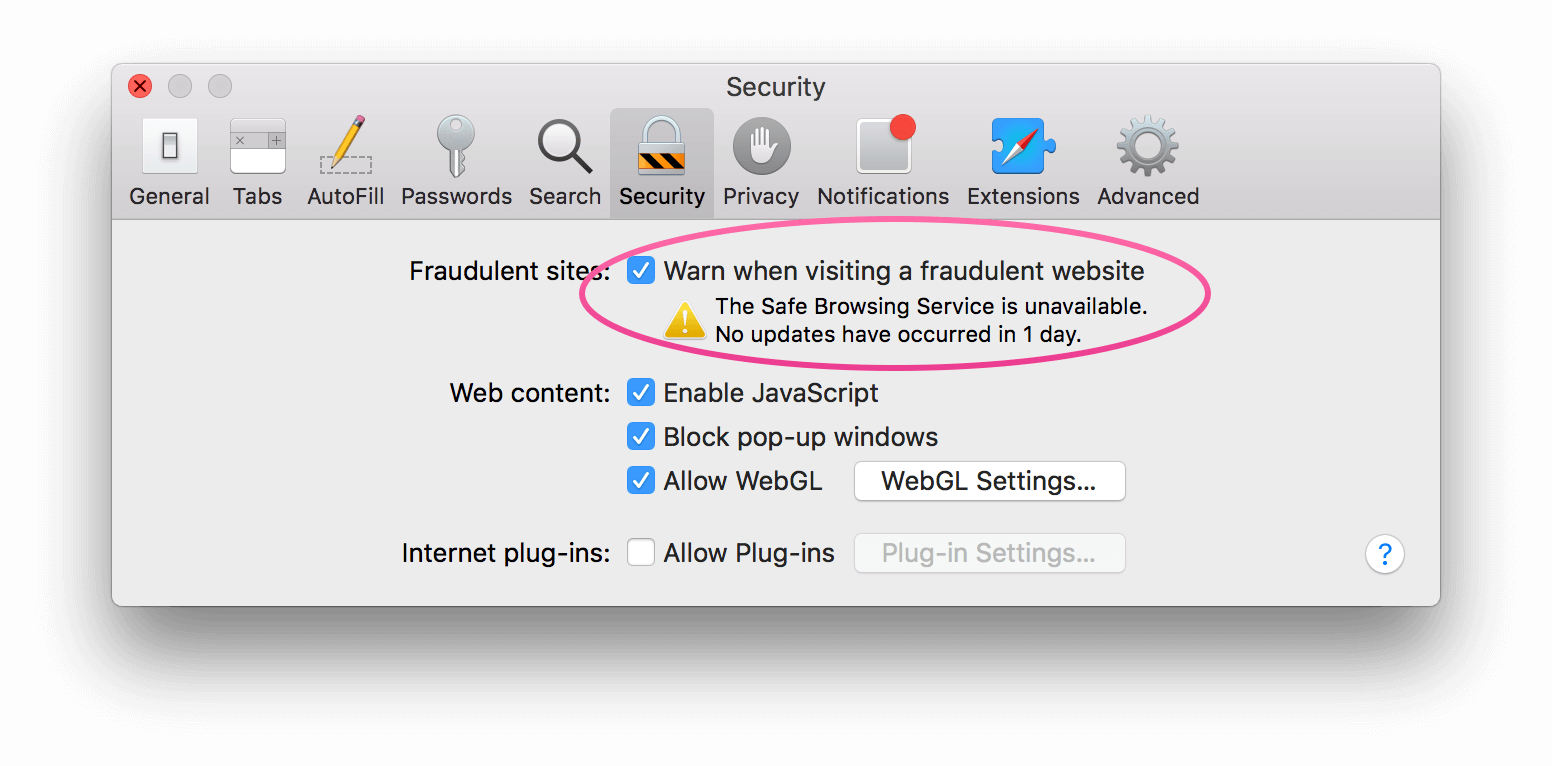

On mobile devices, but not desktop devices, Firefox also shares device identifiers. In the case of Edge these are device and hardware identifiers that are hard/impossible for users to change. Additionally, Chrome, Firefox and Edge all share long-lived identifiers that can be used to link connections together and so potentially allow tracking over time. Get a warning if the site you’re visiting is a suspected phishing website. To change these preferences, choose Safari > Preferences, then click Security. 313: watchdogdaemon (wddaemonservicethread) - service (com.apple. In the Safari app on your Mac, use Security preferences to turn security warnings on or off. In contrast, Chrome, Firefox, Safari and Edge all share details of web pages visited with backend servers. I am unable to use Safari with success on my iPad, iPhone and the iMac. Overall, we find that both the desktop and mobile versions of Brave do not use any identifiers allowing tracking of IP address over time, and do not share details of web pages visited with backend servers.
#Com apple safari safebrowsing service update#
Similarly, with regard to the Chrome extension update service accessed by Chromium-base browsers (Chrome, Brave, Edge). Maciej Stachowiak, Apple’s head of WebKit, has confirmed on Twitter that Safari in iOS 14.5 users a copy of Google’s Safe Browsing database that’s hosted on.

Google is constantly updating this database, so your iDevice refreshes on every sync. Safari in iOS and iPadOS 14.5 further limits the risk of information leak by proxying safe-browsing services via Apple servers to prevents user data from being returned to Google. With regard to shared services, all of the browsers make use of a safe browsing service to mitigate phishing attacks and our measurements indicate that this raises few privacy concerns. .Service This database, provided by Google, is used by mobile Safari to check for known malicious web sites. Our aim is to assess the privacy risks associated with this data exchange between a browser and its back-end servers. We measure the data sent to their back-end servers by five browsers: Google Chrome, Mozilla Firefox, Apple Safari, Brave Browser and Microsoft Edge, during normal web browsing on both desktop and mobile devices.


 0 kommentar(er)
0 kommentar(er)
